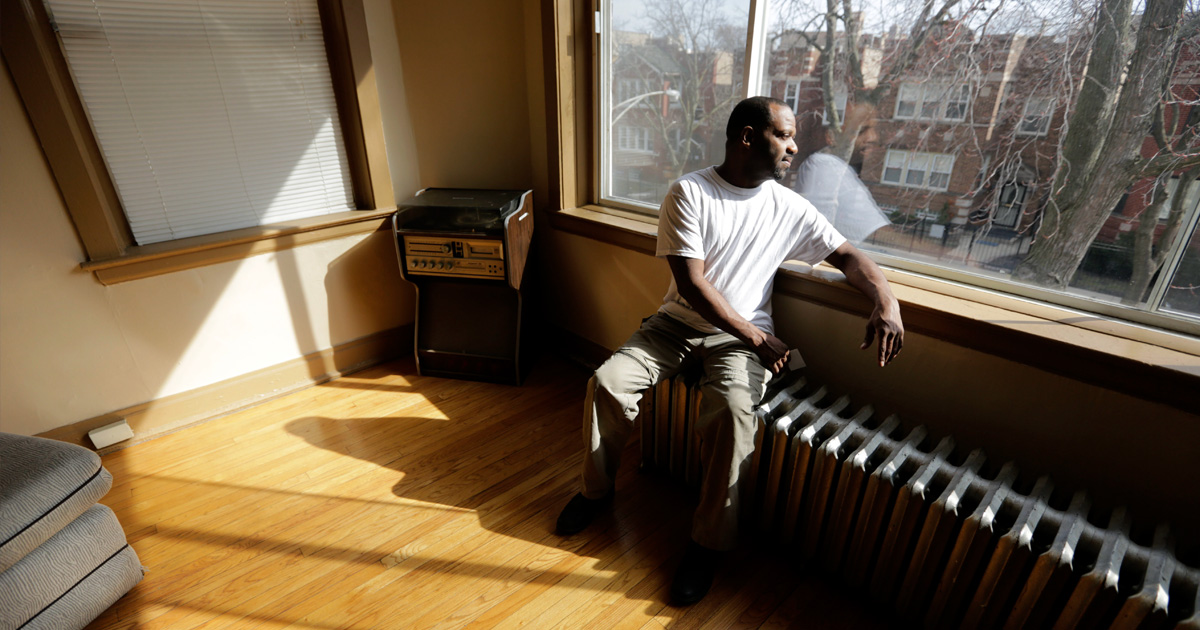Written by Kay Moshier McDivitt and Josh Johnson
Just thinking about the yearly Notice Of Funding Opportunity (NOFO) process can create feelings of anxiety, stress, and dread amongst homeless service providers and Continuum of Care (CoC) leads. For many of us, pushing that “submit” button means a huge sigh of relief. We go into the “wait and see” mode, anticipating the upcoming announcement of funding outcomes for all the work and effort put into the submission. Though last year’s NOFO application was due in September, many parts of the NOFO process are relevant year-round.
It’s March, and communities are still waiting for the NOFO funding announcements. But I am going to suggest that rather than wait to learn how your community scored, and then base your work off that score, Continuums of Care should be using their recent submission as a map to lead the work you are currently doing. CoCs should be in constant preparation mode for the upcoming NOFO, and use past applications to guide their current work.
Even without the funding announcements or the upcoming NOFO release, there is a lot that communities can learn in reviewing their most recent submissions to make progress towards ending homelessness and prepare for the next NOFO round. Here are a few suggestions on how to keep up the momentum on system improvement.
Review Your 2022 NOFO Submission Completely
If you haven’t done so recently, pull up your 2022 NOFO submission and take a deep dive. What did you say you would be doing in the coming year? Reflect on your current work; are you working towards the goals you outlined in your application? What were the areas in which you needed to improve and create a plan? While CoCs don’t know exactly what the U.S. Department of Housing and Urban Development (HUD) priorities will be for 2023, it’s safe to assume that priorities will remain similar.
Actively Involve People with Lived Experience in Evaluation and Planning
Individuals with lived experience provide key insights into the realities of the current system. Communities need to continuously find ways to center, incorporate, and compensate individuals throughout all levels of the homeless response system. Involving people with lived experience helps to create a more effective homeless response system.
Questions to ask throughout this process: how are you partnering with people with lived experience in the local planning process? Do you have lived expertise partners that review and recommend revisions to local homeless policies? How are people with lived expertise included in decision-making processes, including the development of the local competition rating factors?
Evaluate System Performance Measures and Project Level Data
Data is not just about a yearly report: reviewing it regularly helps to guide your system. What does your data tell you about your current interventions? Use data to determine if your interventions align with the needs of people experiencing homelessness in your community, and to determine if these interventions are showing improved system outcomes. Make sure your system is funding the interventions that are having an impact.
Evaluate your homeless response interventions to determine which projects have the best outcomes, and which projects are performing at an optimum level. Use this information to begin planning what projects you can reallocate to better performing projects or to different interventions that will right-size your system. Look at patterns of spending and capture unspent money from projects to create new projects.
Use a Racial Equity Lens
HUD continues to make racial equity a priority with the NOFO. Centering equity is crucial to the work of ending homelessness, and shouldn’t just be a box to check or a way to get a higher score on the NOFO. Communities should continually analyze disaggregate racial and ethnic data, and implement quantifiable action steps to address identified system-wide inequities. This review should be continual and include an intersectional analysis. Communities should review equity from both intervention outcomes and internal system decision making.
Questions to ask throughout this process: What community stakeholders are you partnering with to build equity in your Continuum? Are you proactively engaging that can add diversity and improve racial equity (i.e., Urban Leagues, religious organizations, ethnically-focused community centers, BIPOC-led community organizations, culturally-centered grassroots organizations, etc.)? What populations does your Governance Board reflect? What new partners should you be bringing to the table?
Identify Gaps for New Projects
Look at Point-in-Time and Housing Inventory Count data to identify gaps in your system. If you are like most CoCs, the majority of people experiencing homelessness in your community are single individuals. Identify if your CoC has the right balance of permanent supportive housing and Rapid Re-Housing for single individual adults. Just because a certain type of project is eligible for NOFO dollars does not mean that it is a priority for your community. For example, if what you need to do is expand Rapid Re-Housing for single individual adults, now is the time to determine that through notifying your community and asking for letters of intent. Be in the driver’s seat.
Continuing the Work
The NOFO application process is a heavy lift for communities and takes capacity away from other competing priorities. Communities that strategically begin planning for the next competition immediately following their NOFO submission can minimize the annual lift. Working to create and right-size an equitable homeless response system is a year-round process. Don’t stop when you push send. Continuing the ongoing work improves system performance in real time.
Stay Updated: Solutions, Stories, and Ways to Make an Impact
Sign up to receive updates on the Alliance’s work, including the latest research, advocacy efforts, and real stories of progress — plus ways you can help drive lasting change.












